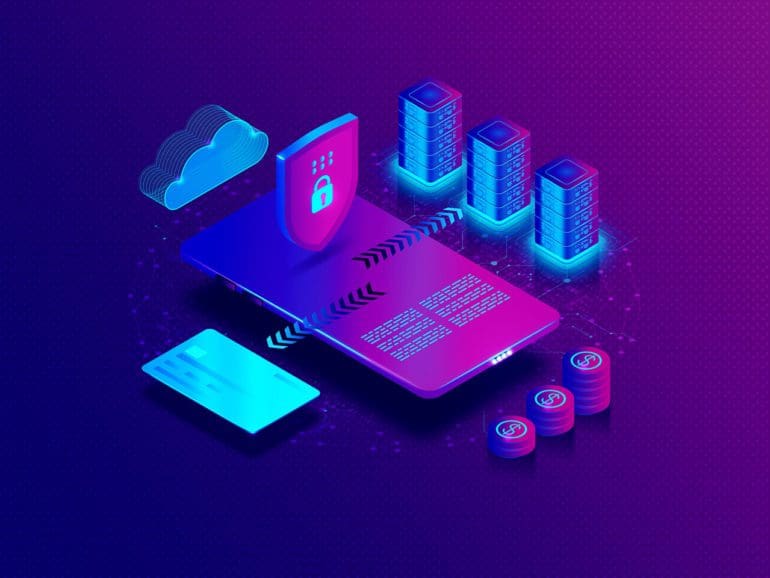While the crypto winter is hurting some investors, it’s the middle of a bright, hot summer for blockchain and DeFi innovation, a new report from global consulting firm BCG and digital private market exchange ADDX reveals.
By 2030, it predicts digital asset tokenization will be a $16.1 trillion business opportunity.
Recent activities highlighted by the Terra Luna collapse and the growing number of enforcement actions have soured some on cryptocurrencies. That obscures significant progress achieved on several fronts, ADDX CEO Oi-Yee Choo said.
Singapore has long taken a progressing stance on financial innovation, and they are doing it again with digital finance, providing a blueprint later entrants are wise to follow.
It begins with the Monetary Authority of Singapore, which has been vocal in distinguishing between cryptocurrencies and the digital ecosystem, Choo said. Enabled by blockchain technology, the latter will make a significant impact on financial services and the capital markets.
How tokenization is driving regulatory change
The legacy left by Terra Luna and other mishaps is a net positive. It exposes original system design flaws and the folly of the attitude that the industry should not be regulated.
“What it is forcing the government to do today is to examine what’s happening at the federal level,” Choo said. “What is completely unregulated means that there are no consumer protections, no market behavior rules. So, all governments are saying, ‘buyer, beware, stop retail stock trading because you don’t understand it.’ It’s exposed to market manipulation.”
The bullish sector has forced regulators to comment on matters including stablecoins and the tokenized world. Tokenization is driven by traditional securities and financial institutions that see its many benefits.

Consider real asset tokenization, Choo said. Regulators should ask how digitization reshapes digital assets’ investment potential and liquidity throughout the entire capital markets ecosystem. ADDX uses blockchain technology to service traditional private markets because it’s easier to deliver benefits than public markets steeped in incumbent infrastructure that won’t quickly shift.
Here’s what will be disrupted first
ADDX sees the disruption first coming in financial assets that don’t have the same established infrastructure. Next comes tangible assets like real estate. While there are REITs and private funds, those wishing to invest in specific single assets with different capital stacks are better serviced by blockchain-based systems.
Winter seasons also allow the industry to coalesce its ideas and focus on the best business cases and technologies. That was the main focus of a recent speech by MAS managing director Ravi Menon. While much of the media focused on the first 20 minutes, where Menon discussed cryptocurrencies, the main message was the coming regulation of crypto and the separation between crypto and the innovative possibilities created by blockchain. He stressed digital asset connectivity and tokenization.
How CBDCs are driving change
Banks and financial services firms need to consider several factors when preparing for the digital future, Choo said. Many governments look at blockchain (if they do at all) through the lens of CBDCs. How will CBDCs evolve?
Slowly, Choo believes. How will central bank CBDCs interact with each other? How long will it take to negotiate a chain all countries are happy with?
Until that happens, CBDCs will be domestic retail coins without wholesale capabilities, Choo added. Those will need to be augmented by stablecoins and tokenized deposits. That raises the question of how governments want banks to address settlements more efficiently and quickly.
“What would a reserve-backed stablecoin look like?” Choo asked. “In that universe, Terra Luna would never have happened.
“They’re also now thinking, what is a stablecoin? Because if it’s a one-for-one backed by a reserve bank, then it is a currency. If it is treasury-backed, then it’s a money market fund.”
How Singapore is creating a tokenization map to follow
Credit the MAS for narrowly defining terms through different uses cases, Choo said. If it looks and quacks like a duck, it probably is one.
Authorities must consider what stablecoins mean for settlement. How are they more efficient? How do they improve cross-border payments?
“This is a messaging mechanism for the banks to the end of the day,” Choo said. “It’s an arcane system two or three decades old; it’s not evolved or updated. In 2022, you would expect the bank knows exactly the position in real-time.”
The MAS is clear about how they are approaching many aspects of DeFi. One example is Project Guardian, Choo said. Project Guardian is a collaborative initiative with the financial industry that explores the economic potential and value-adding use cases of asset tokenization. Choo said the idea is to explore how blockchain can potentially be used in global financial markets infrastructure.
What is in the way of a blockchain-based global financial system?
What needs to happen before a more cohesive blockchain-based global financial system can be created? It begins with some simple mind shifts, Choo suggested. Accept that, yes, tokenized bonds are indeed bonds. Blockchain technology simply brings a different execution method.
The BIS is developing a working paper that will help. It will define cryptocurrencies and securities executed and settled on the blockchain. Once global banks adopt its recommendations, regulators will be forced to adapt. Banks trading bonds on a platform need to know how much they can put on their balance sheets. That means they must define the assets, making the execution of their tokenization clear.
Instantaneous settlement is a huge positive
Always keep the big picture in mind, and that is an immediate settlement, Choo said. We now have clearing and settlement mechanisms that add steps to the process. Entrenched for so long, they’re now being challenged.
“We have built the idea that T plus two is a thing,” Choo said. “There’s a cost of that intermediary. Whenever you have a clearinghouse, you create a party… you’re trying to mediate counterparty risk. I am selling to you, but I don’t know who you are. And therefore, somebody in between says, ‘I know you, and I know you, and I charge you in between because you’re paying me for that trust.”
But they don’t take the trades; they are a middleman until trust is assured and money is transferred. That isn’t needed with immutable ledgers.
It leads to unproductive money that is sitting in the system. Choo argues. It can’t be lent; it doesn’t produce interest.
Related:
Some are making money off this current system, but perhaps they are looking at it the wrong way, Choo said. What is the cost of managing that money? It is likely higher than whatever they make in return.
The instantaneous settlement removes much of the intermediary cost and counterparty risk while, by definition, improving speed, Choo said. Once risk analysts understand how risk is addressed, that will move things forward.
“They should be thinking very hard about where the world will be because they were replacing a 30-year-old manual process,” Choo said. “How do they not get replaced? You can do that instantaneously.
“You can run blockchain transactions. We’ve made issuance and settlement and redemptions and coupon payments. It’s obvious to us what the benefits of blockchain are in managing securities. So there, there are going to have to be some structural shifts in the world.”


